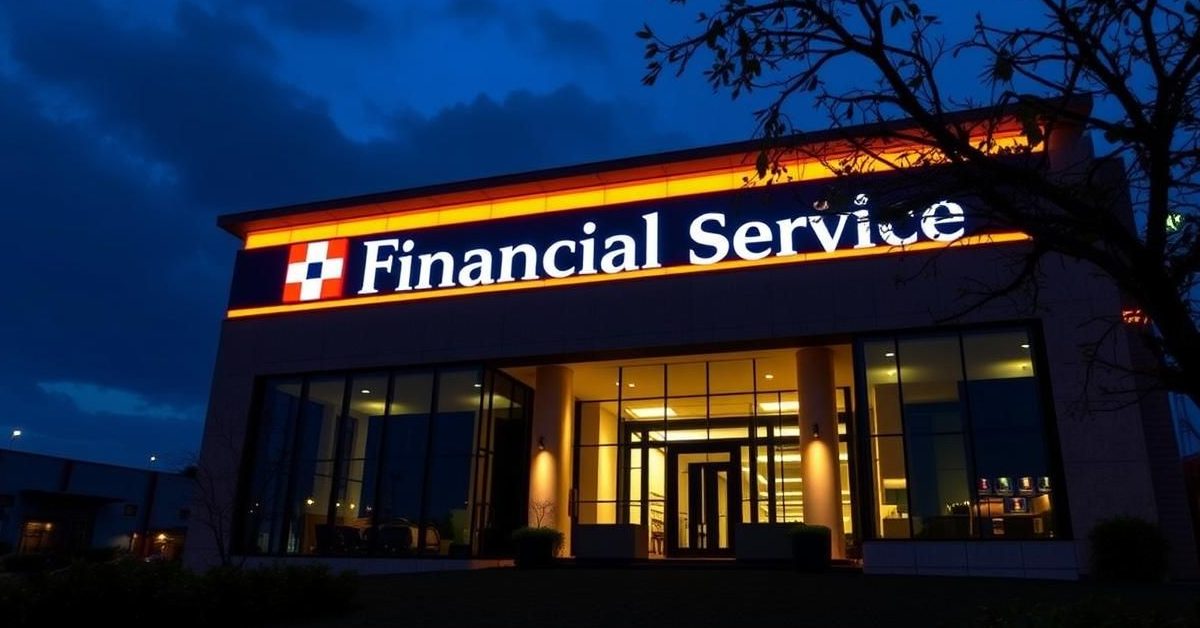The Shifting Tides of Indian Retail Credit
India’s vibrant retail credit market, long a beacon of robust growth and a key driver of economic activity, appears to be entering a period of significant moderation. A recent report by TransUnion CIBIL, the nation’s premier credit information company, has unveiled a notable slowdown in new loan originations, settling at a 5% growth rate in the fourth quarter of Fiscal Year 2025. This figure, while still positive, marks a distinct deceleration from previous quarters, signaling a potentially evolving financial landscape for millions of Indian consumers. The implications of this shift extend far beyond mere statistics, touching upon individual spending habits, the strategies of financial institutions, and the broader economic outlook.
CIBIL’s Stark Revelation: A Closer Look at the Data
The 5% growth rate in Q4 FY25 for new loan originations, as highlighted by CIBIL’s comprehensive analysis, offers a crucial snapshot of the current credit environment. This moderation isn’t an isolated incident; it represents a continuation of a trend observed throughout the latter half of the fiscal year. What’s particularly striking about the findings is the nuanced insight into *who* is pulling back from credit. While overall demand is softening, the report pinpoints a clear cooling of enthusiasm among India’s younger consumer base, specifically those aged 35 years or younger. Their share of credit enquiries, a direct indicator of borrowing intent, has noticeably receded to 56% during this period. This demographic, often perceived as a dynamic engine of consumption, appears to be exercising increased caution.
Decoding the Dip: Why Younger Borrowers Are Pulling Back
The discernible shift in borrowing behavior among India’s younger demographic—individuals below 35—raises pertinent questions. Several intertwined factors could be contributing to this newfound financial prudence. The lingering effects of global economic headwinds, coupled with domestic inflationary pressures, might be prompting a more conservative approach to debt. Rising interest rates, influenced by the Reserve Bank of India’s (RBI) monetary policy adjustments to curb inflation, make borrowing more expensive, thereby naturally dampening demand for everything from personal loans to consumer durables. Furthermore, job market uncertainties or a general sense of economic apprehension could be compelling younger individuals to build savings and reduce financial liabilities rather than expand them. This could also reflect a growing financial literacy and a desire to avoid over-leveraging, a positive sign for long-term financial health.
Beyond the Numbers: The Broader Economic Implications
The deceleration in new loan originations carries significant implications for various stakeholders. For major commercial banks and Non-Banking Financial Companies (NBFCs), which have aggressively expanded their retail loan portfolios in recent years, this moderation could necessitate a recalibration of growth strategies. Lenders might pivot towards higher-ticket, secured loans like home loans, or refine their risk assessment models to target more resilient customer segments. A slower uptake of credit could also translate to a reduction in consumer spending, potentially impacting sectors reliant on discretionary purchases, from electronics to automobiles. Economists will be keenly observing whether this trend signifies a healthy deleveraging process or an early indicator of a broader economic slowdown, requiring proactive policy interventions from the government and the RBI to maintain financial stability and stimulate demand.
Navigating the New Landscape: What’s Next for Lenders and Consumers?
As the Indian credit market navigates this period of adjustment, both lenders and consumers face evolving landscapes. Financial institutions may need to innovate, offering more tailored products, focusing on credit counseling, and emphasizing financial wellness to attract and retain customers. The rise of fintech innovators, often specializing in micro-lending or niche segments, could also gain prominence in this environment. For consumers, particularly the younger demographic, this period underscores the importance of prudent financial planning, building robust emergency funds, and making informed decisions about borrowing. While the 5% growth in new loan originations isn’t a sign of contraction, it serves as a timely reminder that even dynamic markets experience cycles, urging all participants to adapt to the new rhythm of India’s credit pulse.













